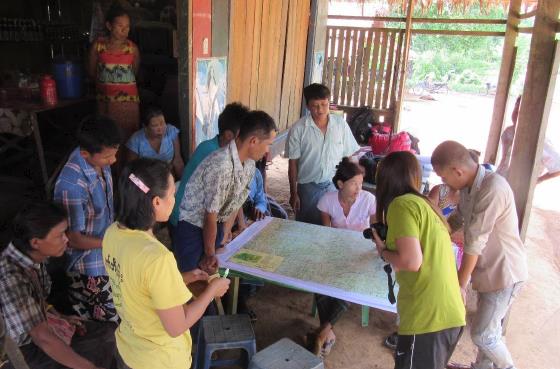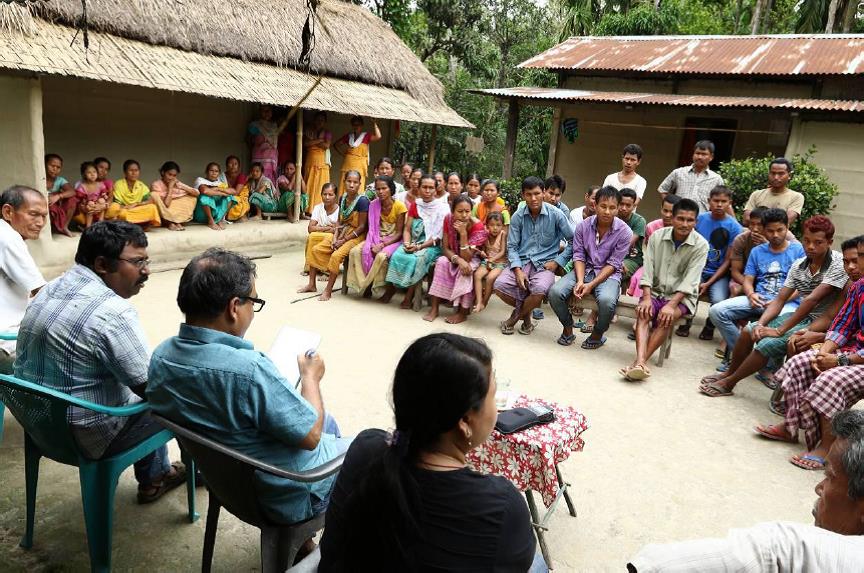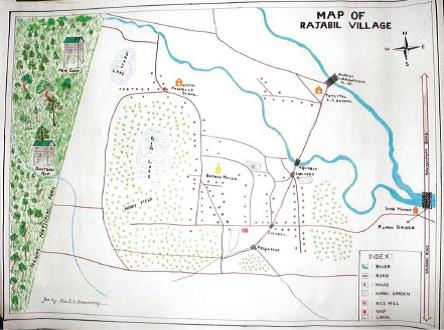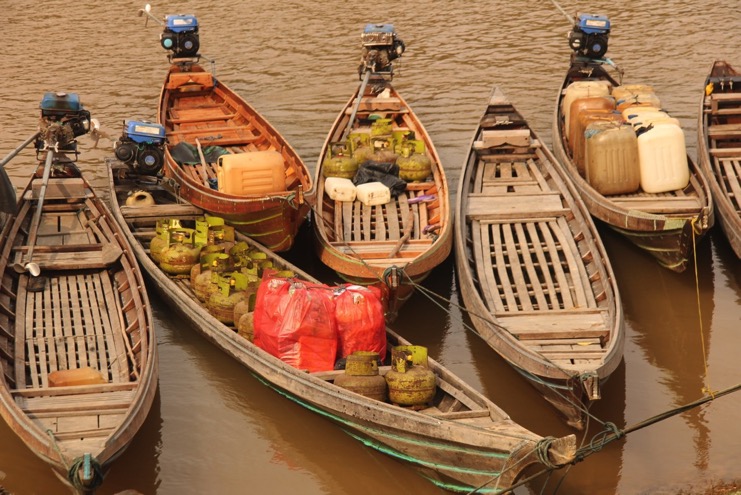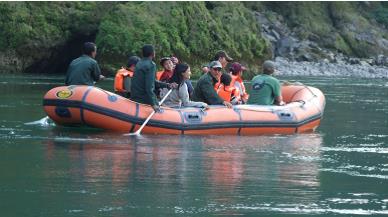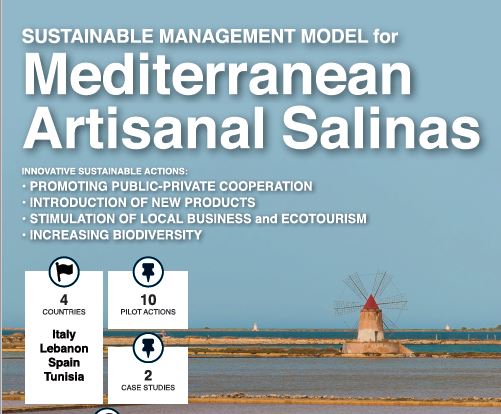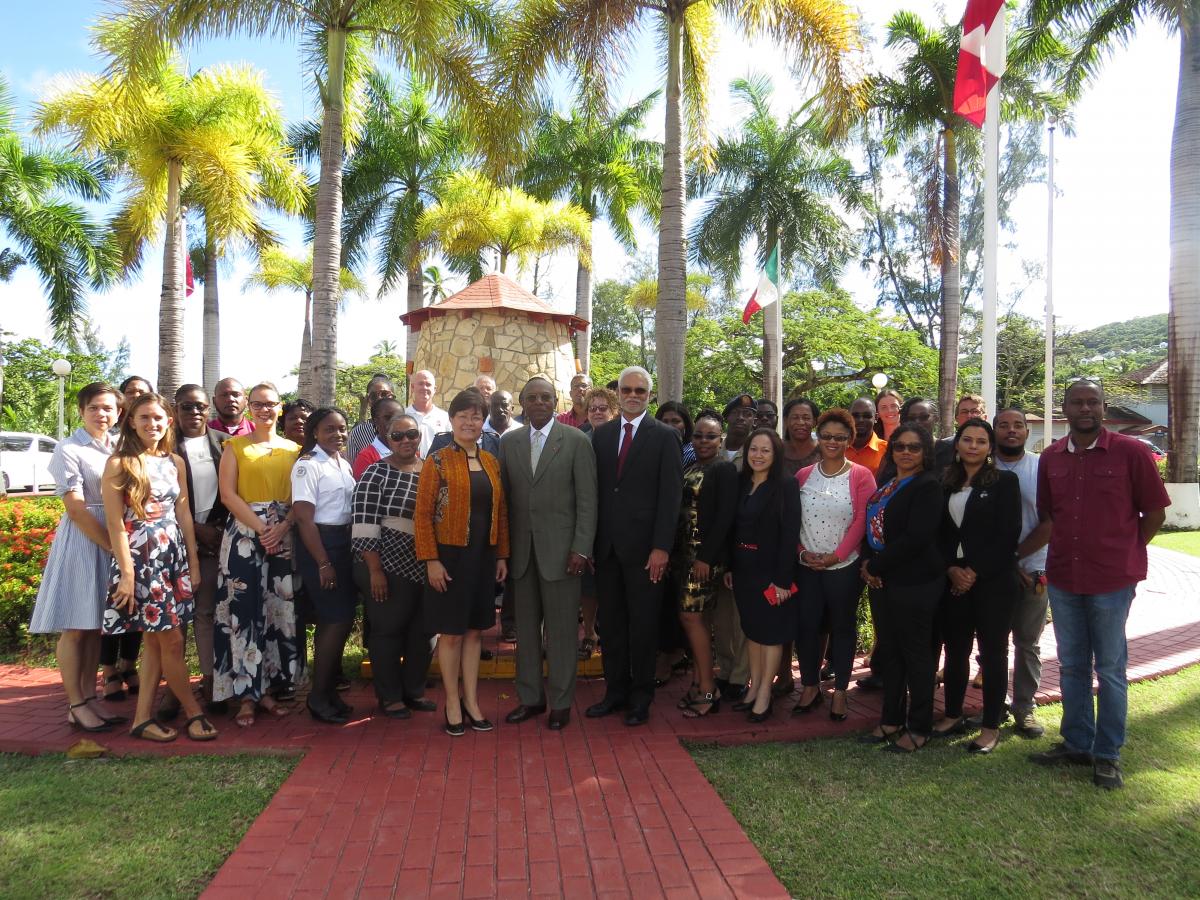ITHCP empowers local communities for effective conservation
Projects funded by the Integrated Tiger Habitat Conservation Programme (ITHCP) have gone through a step-by-step preparation process, and most of the proponents have been given Project Preparation Grants (PPGs) to ensure local people participation at project design stage and to consolidate partnerships.
In total 215’000 euros have been spent on PPGs, with individual contributions ranging from 7’000 to 30’000 euros. The preparation period ensures that projects are developed according to proper procedures and standards, will be able to manage adverse environmental and social impacts of projects, and will enhance accountability and transparency by proactively disclosing relevant project information and assuring access to IUCN’s grievance mechanism.
These procedures are part of IUCN Environmental and Social Management System (ESMS), a new system rolled out within IUCN which provides operational measures and tools to systematically screen projects on potential environmental or social risks; identify appropriate measures to avoid and minimize these risks and to enhance positive impacts. It also ensures that the implementation of mitigations measures and their effectiveness in avoiding negative impacts are monitored and that any other risks arising during execution of the project are appropriately identified and addressed. The central elements of the ESMS are the social Standards which follow a rights-based approach protecting the rights and enhancing livelihoods of people potentially affected by the project.
Examples of preliminary work carried out with local communities during ITHCP preparation phase included:
- The redesign of the boundaries of proposed protected areas in South Myanmar by excluding areas that were found already occupied by indigenous populations. This information was obtained through the mapping exercises carried out;
- The acquisition of pre-project baseline data on communities of Sumatra to allow measuring the social impacts of the project after completion;
- Reaching an agreement with the communities on how to move forward with community ecotourism development in Royal Manas National Park, Bhutan;
- The identification of potentially affected indigenous groups in Myanmar and agreement with them on risk mitigation measures;
- Acquisition of comprehensive baseline socio-economic data on the communities living in and around Royal Manas National Park in Bhutan;
- The drafting of customary land use plans in a participatory way with villagers in Assam, India;
- The identification of critical tiger corridors within a 35’000 km2 wide landscape in Northern Myanmar to inform future conservation and social measures;
It is worth noting that the social impacts of the programme, such as the improvements of local livelihoods, the situation with regards to human wildlife conflicts and the local acceptance and support for conservation are key performance indicators of the programme. They will be evaluated via socio economic data and sociological surveys carried out before the project starts and after completion. This allows monitoring the impact of all ITHCP projects on the human side and, where necessary, taking corrective actions.
> by Thomas Gelsi & Linda Klare, IUCN
